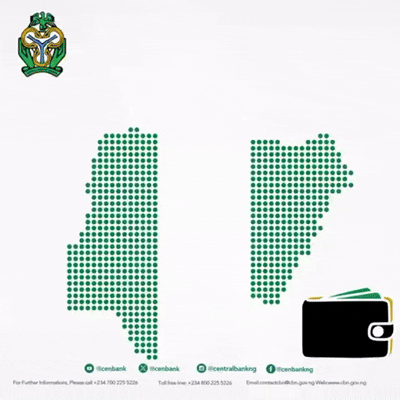
Looking at this through a monthly lens, the group increased production by just 210,000 bpd instead of the 400,000 bpd increased production that the alliance agreed to—creating a January shortfall of 190,000 barrels per day.
However, the real shortfall is much larger.
Looking back at the base amounts that OPEC is working with, and factoring each month’s planned increased production, January production cuts from OPEC show a much larger shortfall.
OPEC’s actual January production cuts still amounted to 2.803 million barrels per day short of the base levels when OPEC agreed to the cuts. This compares to the pledged cut for January of 2.129 million bpd.
This equates to an extra 674,000 bpd in cuts for January than what OPEC has agreed to.
In terms of actual production, OPEC produced 27.8 million bpd in December, lifting this to 28.01 million bpd in January. Noteworthy increases came from Saudi Arabia (+100,000 bpd), Nigeria (+50,000 bpd), and the UAE and Kuwait (+40,000 bpd each). These production gains were partially offset by decreased output by Iraq (-30,000 bpd) and Libya (-40,000 bpd).
Of all the OPEC members, it is Saudi Arabia, however, that has the most in terms of numbers of barrels to add back into the market as part of the future production ramp up.











